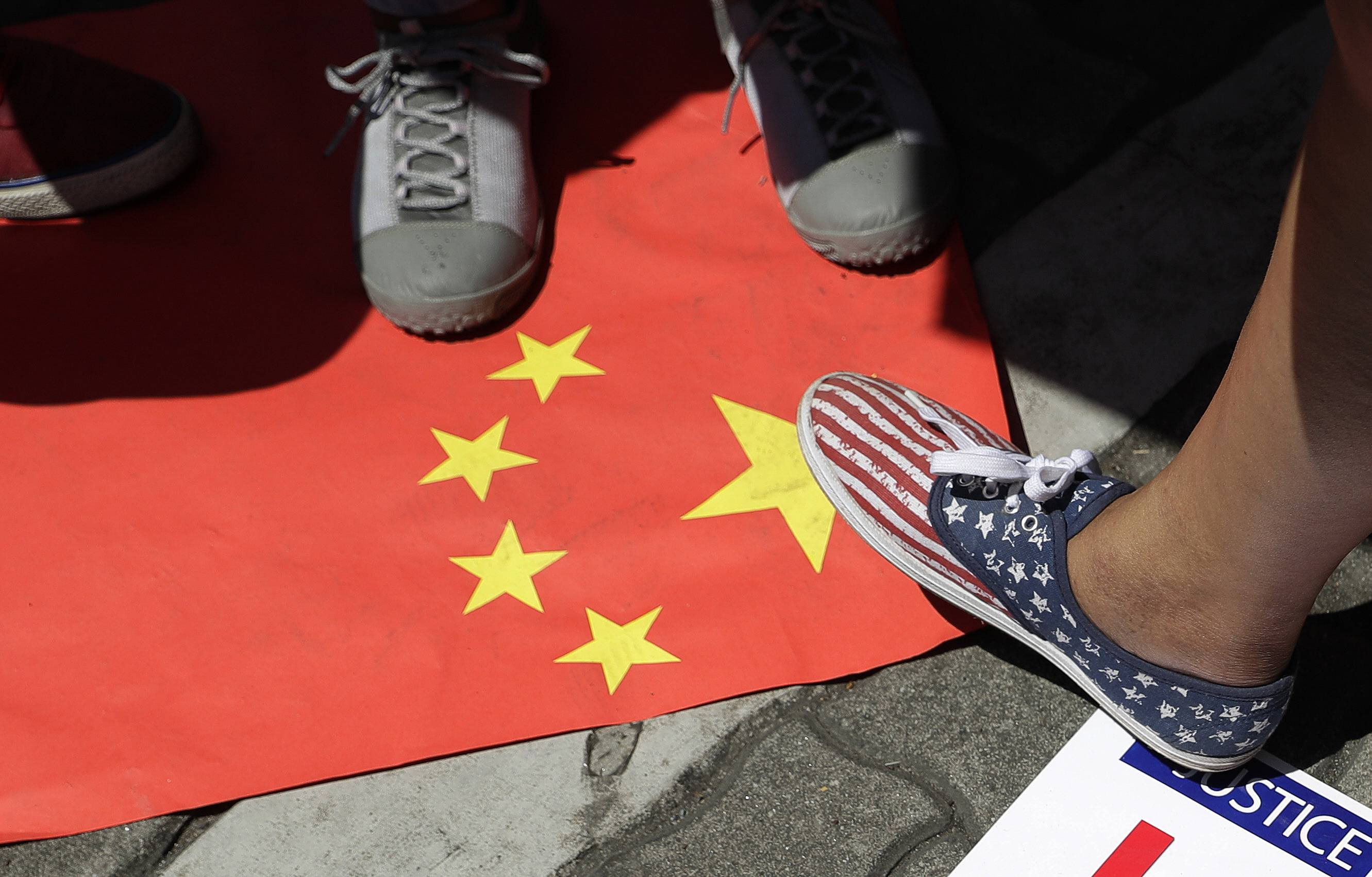When the Filipino people elected Rodrigo Duterte to become their next president in May 2016, China saw a distinct opportunity to pull the longtime U.S. ally away from Washington and into Beijing’s strategic orbit. Avowedly anti-American, President Duterte on his first trip to Beijing in October 2016 exclaimed that it was “time to say goodbye to Washington” — much to the delight of his host, Chinese President Xi Jinping, and other Chinese leaders.
In subsequent years, China pledged to invest in the Philippines through the "Belt and Road" initiative (BRI) and to cooperate on achieving “joint exploration” of disputed waters in the South China Sea. However, Filipino mismanagement of the BRI and the inability of the two sides to see past their sovereignty disputes to conduct joint exploration left question marks hanging over the direction of bilateral ties.
Then came an enormous geopolitical boost for China on Feb. 11 of this year. On that day, Duterte decided to terminate the U.S.-Philippines Visiting Forces Agreement. The VFA enables, among other things, U.S. troops to freely enter and move around the country in support of a variety of military missions, including to deter and fight China in the South China Sea.



